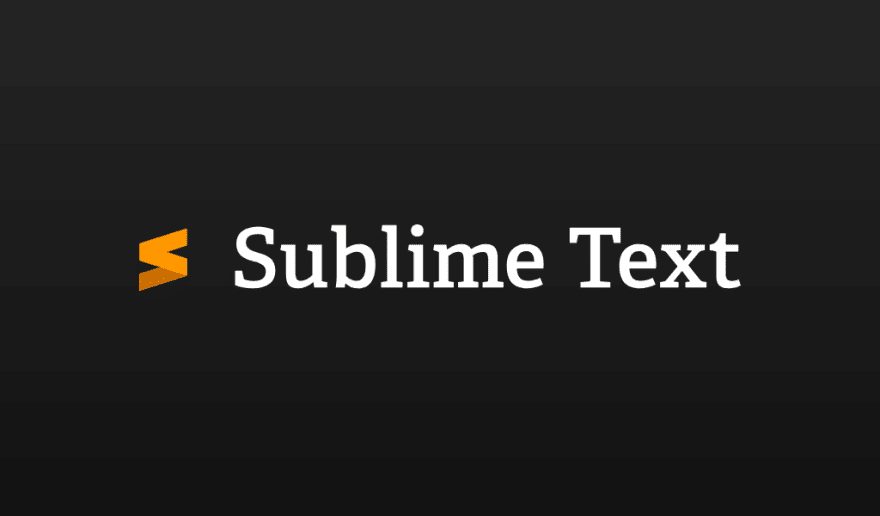Description
Introduction of Angular Testing Mastery
Testing is a crucial aspect of Angular application development to ensure reliability, performance, and maintainability. This Angular Testing Mastery training covers unit testing, integration testing, and end-to-end (E2E) testing using tools like Jasmine, Karma, and Cypress. Participants will learn to test Angular components, services, directives, and APIs while applying best practices for test-driven development (TDD) and behavior-driven development (BDD).
Prerequisites
- Basic understanding of Angular and TypeScript
- Familiarity with JavaScript ES6+ concepts
- Experience with Angular CLI and component-based development
- Knowledge of HTTPClient and API integration in Angular
Table of Contents
1. Introduction to Angular Testing
1.1 Importance of Testing in Angular Applications
1.2 Types of Testing: Unit, Integration, and E2E
1.3 Overview of Angular Testing Tools (Jasmine, Karma, Cypress)
1.4 Setting Up a Testing Environment in Angular(Ref: RESTful API Integration in Angular: HTTPClient, Interceptors, and Error Handling)
2. Unit Testing Fundamentals
2.1 Introduction to Jasmine: Test Structure & Syntax
2.2 Running Tests with Karma Test Runner
2.3 Writing Basic Unit Tests for Components
2.4 Using beforeEach() and Test Lifecycle Hooks
2.5 Hands-On: Writing and Running Simple Unit Tests
3. Testing Angular Components
3.1 Isolating Component Tests Using TestBed
3.2 Mocking Dependencies and Services in Component Tests
3.3 Detecting Changes and Interacting with the DOM
3.4 Using fakeAsync and tick() for Async Testing
3.5 Hands-On: Testing an Angular Component with Dependencies
4. Testing Angular Services
4.1 Writing Tests for Angular Services with HttpClientTestingModule
4.2 Mocking HTTP Requests Using HttpTestingController
4.3 Handling Observables and Promises in Service Tests
4.4 Implementing Dependency Injection for Isolated Testing
4.5 Hands-On: Writing Unit Tests for API Calls in Angular Services
5. Testing Angular Directives and Pipes
5.1 Unit Testing Custom Directives and Attribute Directives
5.2 Testing Structural Directives like ngIf and ngFor
5.3 Writing Tests for Custom Pipes and Built-in Pipes
5.4 Mocking Inputs and Outputs in Directive Tests
5.5 Hands-On: Writing Tests for Directives and Pipes
6. Mocking and Spying in Angular Tests
6.1 Understanding Test Doubles: Mocks, Stubs, and Spies
6.2 Using spyOn() to Track Function Calls
6.3 Mocking Asynchronous Operations with fakeAsync()
6.4 Handling Third-Party Dependencies in Tests
6.5 Hands-On: Implementing Mocks and Spies in Angular Tests
7. End-to-End (E2E) Testing with Cypress and Protractor
7.1 Introduction to E2E Testing and When to Use It
7.2 Setting Up Cypress for Angular Projects
7.3 Writing Cypress Tests for User Interactions
7.4 Running E2E Tests with Protractor (Legacy Support)
7.5 Hands-On: Writing and Running Cypress E2E Tests
8. Testing Angular Forms
8.1 Testing Template-Driven Forms vs. Reactive Forms
8.2 Simulating User Input in Form Controls
8.3 Writing Tests for Form Validation and Error Handling
8.4 Mocking API Calls in Form Submissions
8.5 Hands-On: Writing Tests for Reactive Forms
9. Performance and Load Testing in Angular
9.1 Optimizing Test Performance and Execution Time
9.2 Running Tests in Headless Browsers (ChromeHeadless)
9.3 Using parallel testing for Faster Execution
9.4 Performance Profiling with Angular DevTools
9.5 Hands-On: Improving Performance in Test Execution
10. Best Practices for Angular Testing
10.1 Test-Driven Development (TDD) in Angular
10.2 Behavior-Driven Development (BDD) Using Jasmine and Cypress
10.3 Structuring and Organizing Test Suites for Maintainability
10.4 Debugging and Fixing Failing Tests
10.5 Hands-On: Refactoring and Improving Test Coverage
Conclusion
This Angular Testing Mastery training equips participants with the fundamental to advanced techniques, covering unit, integration, and E2E testing. By mastering Jasmine, Karma, and Cypress, developers will be able to write robust, maintainable, and scalable test cases for their Angular applications, ensuring high-quality software delivery.







Reviews
There are no reviews yet.